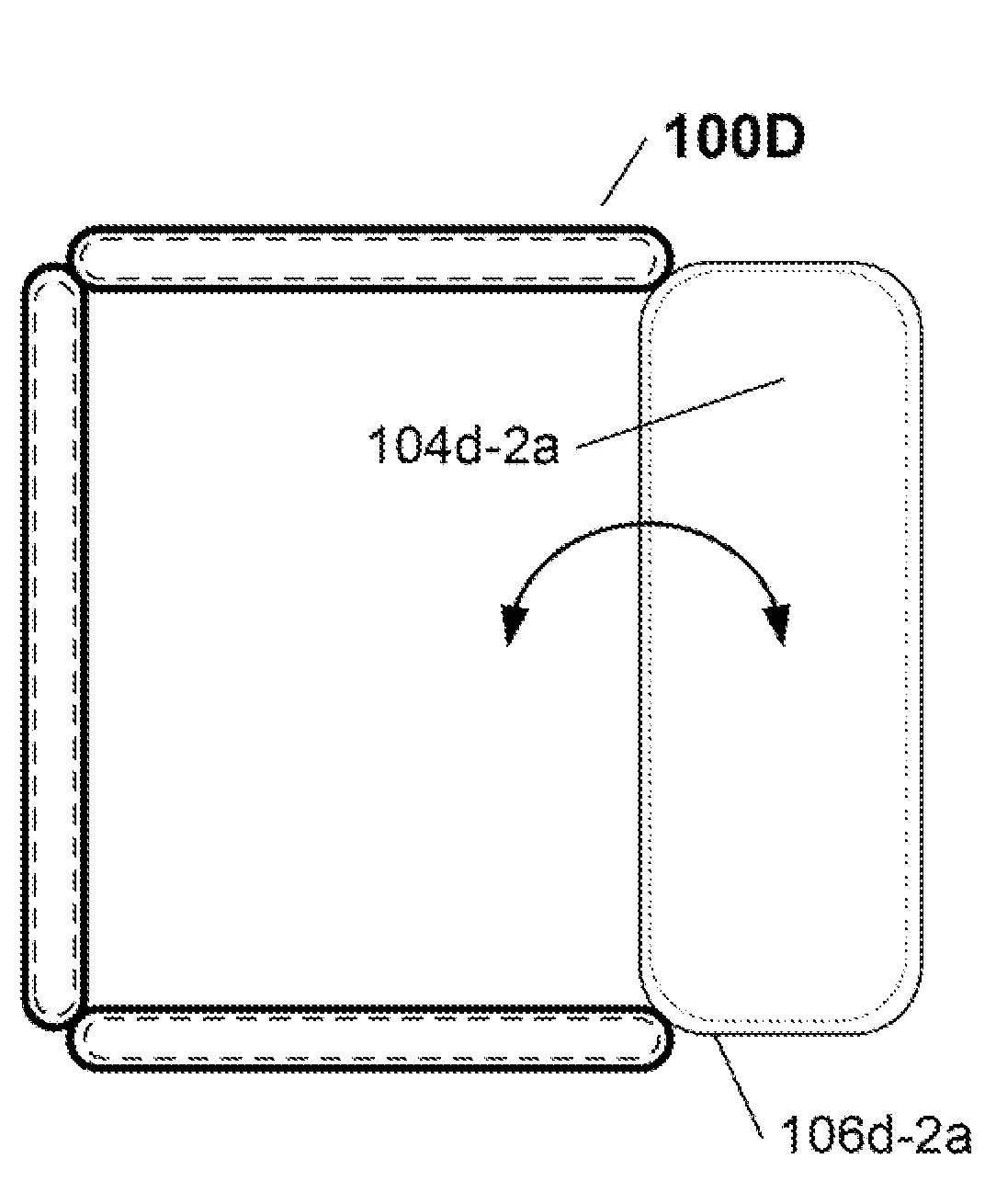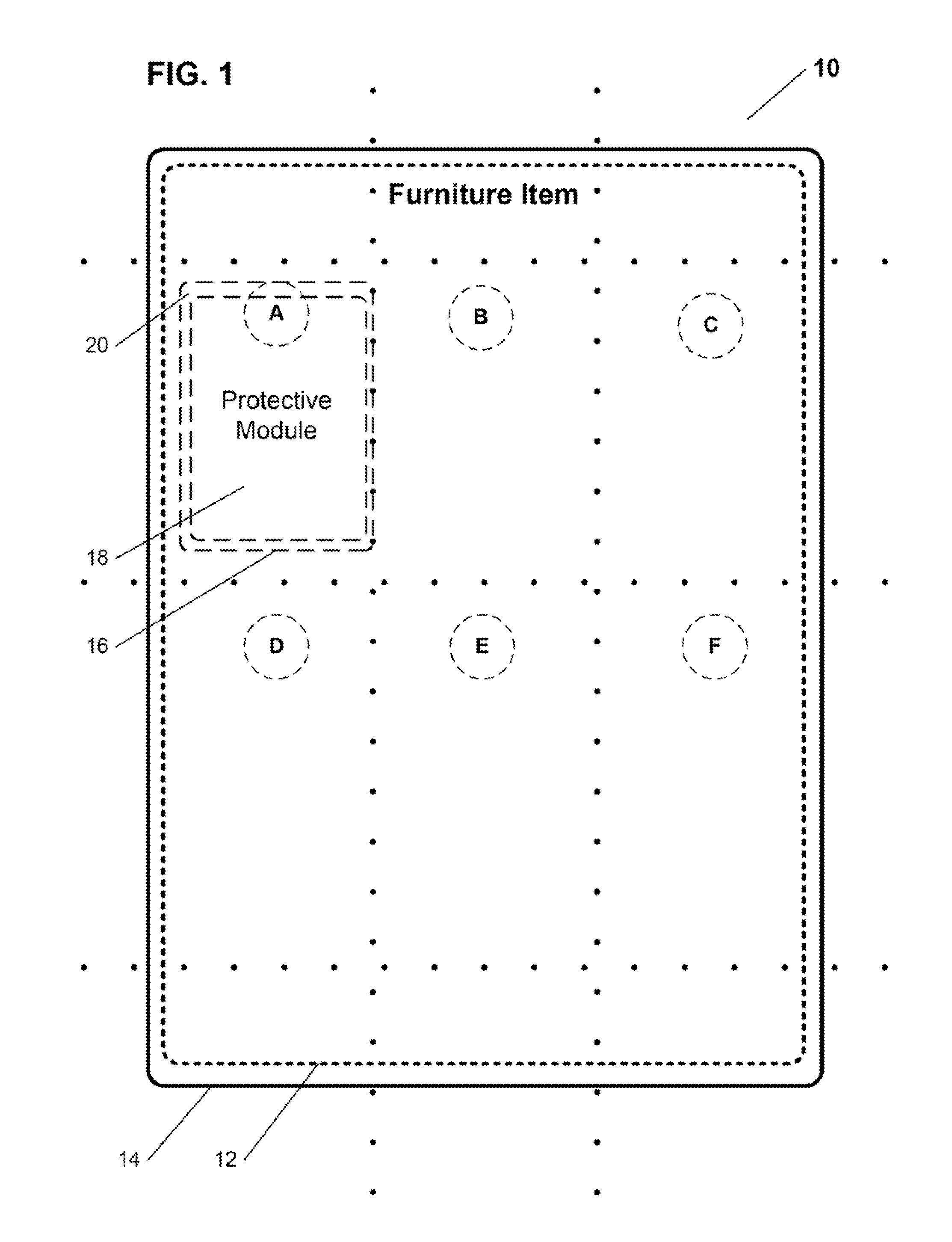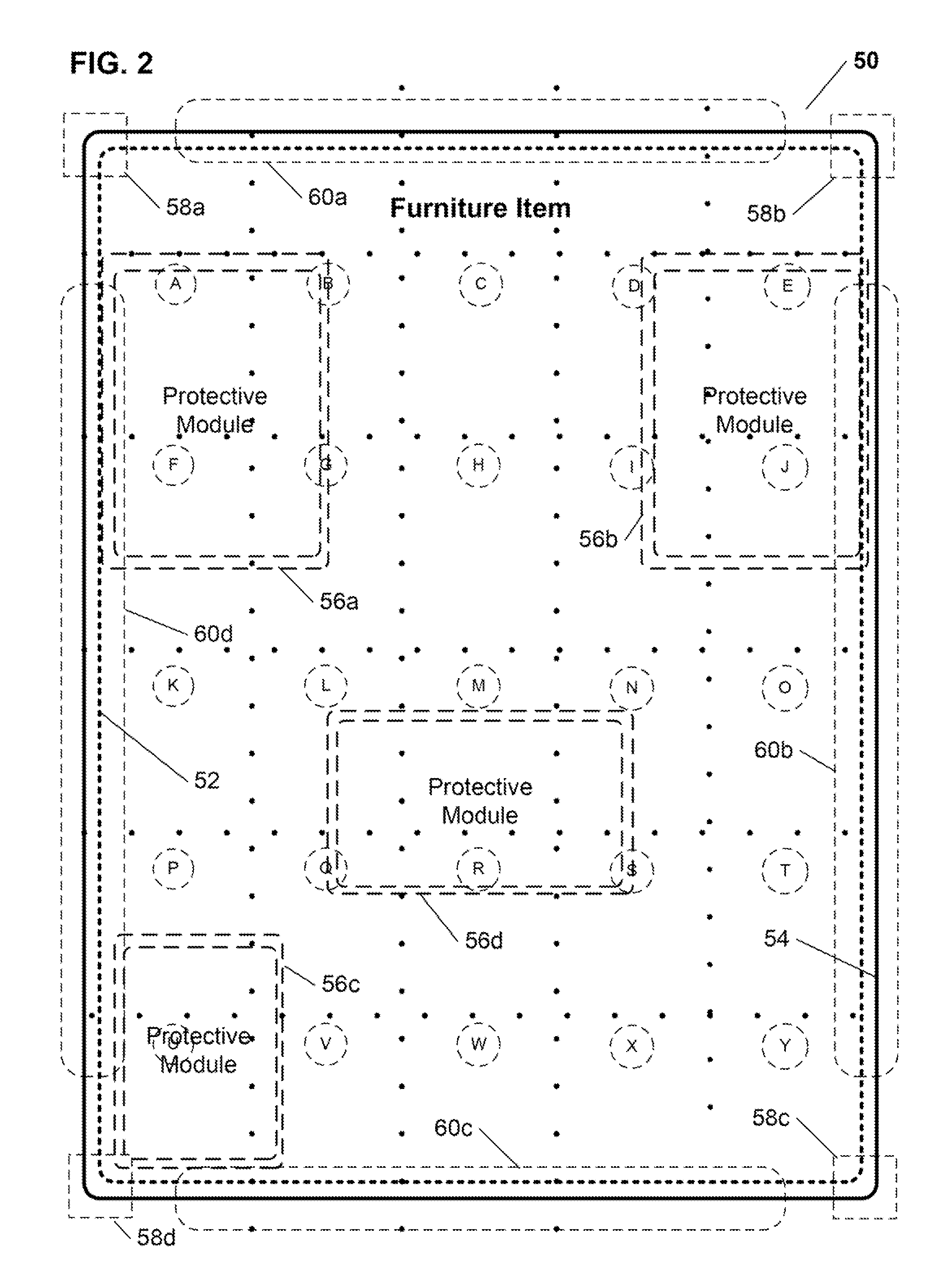However, it is well established that ensuring the safety of infants (and especially newborns), and toddlers, 27 / 7 is much more difficult than most realize, until faced with the need to do so.
In particular, the time during which the infant is sleeping or resting, poses some of the greatest challenges and risks faced by caregivers.
Even without delving into the myriad possible neonatal health risks facing a sleeping infant, the most common sleep-related caregiver challenge is quite simply the fact that, because virtually all infant caregivers lead a rest- and sleep-deprived lifestyle, the times during which an infant naps or rests, is also typically the caregiver's rare opportunity to get some rest as well.
Unfortunately, unless another caregiver is available to watch the infant, the resting caregiver is faced with a difficult choice—(1) place the infant in a crib, possibly in a different room (which limits the caregiver's ability to respond to the infant's distress or other issues), or (2) try to rest on an adult
bed, while holding or otherwise attempting to secure the infant.
While the second option offers the caregiver the opportunity to rapidly respond to any infant distress, notwithstanding the “pillow and
blanket” walls that caregivers try to build on their
bed to secure the infant while they both rest, there is a very
significant risk of the infant falling off the
bed with potentially disastrous consequences—either inadvertently during sleep, or if they awaken while the caregiver is still asleep, and begin “exploring”.
Furthermore, while some caregivers are “light” or “sensitive” sleepers, many exhausted individuals may inadvertently roll over, or otherwise shift in their sleep, and either accidentally hurt the infant directly or push them off the bed.
But mere convenience “while catching a needed
nap” is far from the only reason why, notwithstanding the above risks, many parents prefer to have the infants sleep in their adult beds and not in their crib (especially overnight).
(1) Fear of infant coming to harm without the parent knowing (especially if the infant is ill, or born prematurely);
(2) The desire to “bond” with the infant to a greater degree;
(3) Improvement in the infant's
sleep patterns due to proximity of their mother;
(4) Convenience for night feedings;
(5) Lack of a crib (financial reasons, limited space, travel, etc.), etc.
Moreover, in addition to the various above-noted reasons for allowing infants to spend the night in their caregiver's bed, in many cases, while watching a resting or sleeping infant, caregivers may want to engage in activities other than just sleep (such as read, speak on the phone, use their computer, read, etc.), which would take their attention away from their charge, but during which activities, transporting the infant to their crib and leaving them there is not practical or is otherwise inconvenient.
However, as is noted above, there are very
significant risk factors to sharing an adult bed with an infant (or moreover with two infants, as the case may be)—the aforementioned dangers of infant rolling or
crawling off the bed while the caregiver is asleep or is otherwise distracted, or being inadvertently hurt by a sleeping adult are of course of greatest concern, but the additional drawbacks of this
course of action include, but are not limited to: the fact that the infant is likely to soil the adult bed, requiring a change of entire
bedding, the inability to easily provide infants with developmental stimuli that are typically only available in cribs (such as musical mobiles, etc.), and of course, the sheet lack of any privacy for a married couple sharing the bed with an infant.
There have been many attempts to address the challenges posed by sharing adult beds or similar furnishings with infants, however, to date, none have achieved any appreciable functional or commercial success, because each previously know solution only solves one of two of the many aspects of this challenge, while often creating new issues.
For example, transportable “soft cribs” that may be placed on a bed may prevent the infant from
crawling off the bed but are still vulnerable to being accidentally knocked off the bed, especially because they take up so much room that they are often positioned at the foot of the bed.
Another attempted solution—bumper guards are extremely cumbersome to install and use, and while they may prevent an infant from falling off the bed, they
pose a huge inconvenience to the adults using the bed, and offer absolutely no protection at all against an infant being hurt by an adult accidentally rolling over them.
Finally, no practical solution at all exists for satisfying the safety requirements when twin infants are concerned.
 Login to View More
Login to View More  Login to View More
Login to View More 


